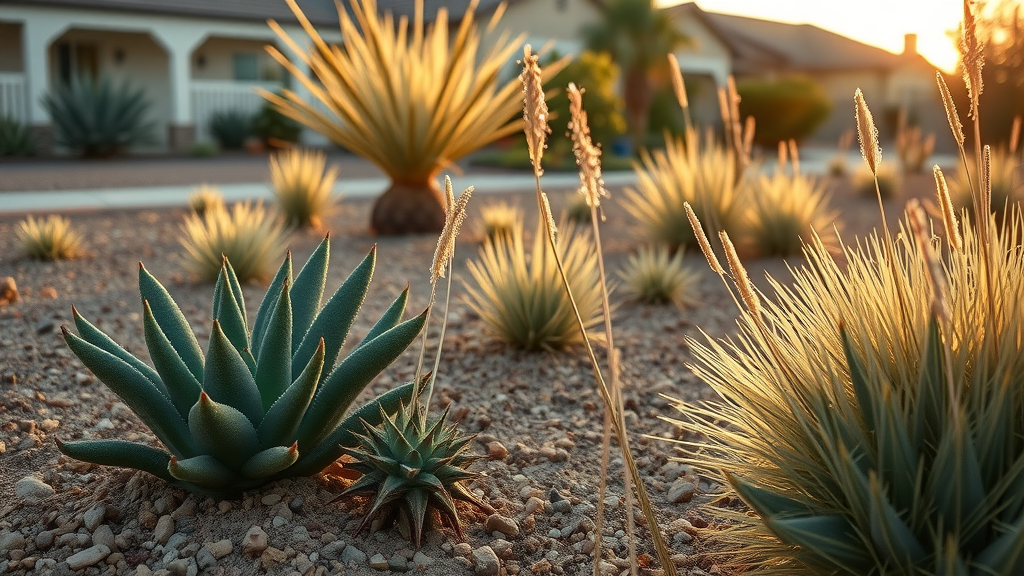
Native Plants Southern California: Nature’s Secret to Easy Gardens
November 11, 2025
Sustainable Landscaping Practices to Protect Your San Diego Yard
November 25, 2025Did you know that nearly 70% of the world’s freshwater is used for agriculture, yet much of it is wasted due to inefficient irrigation in dry regions? As water scarcity grows more urgent—especially for landscapes from San Diego to the Southwest—choosing the right irrigation systems for dry climates is no longer a luxury. Smart irrigation isn’t just about saving money, it’s about sustaining your landscape, your community, and our planet. In this guide, we’ll reveal the most efficient ways to keep your garden thriving—without wasting a drop.
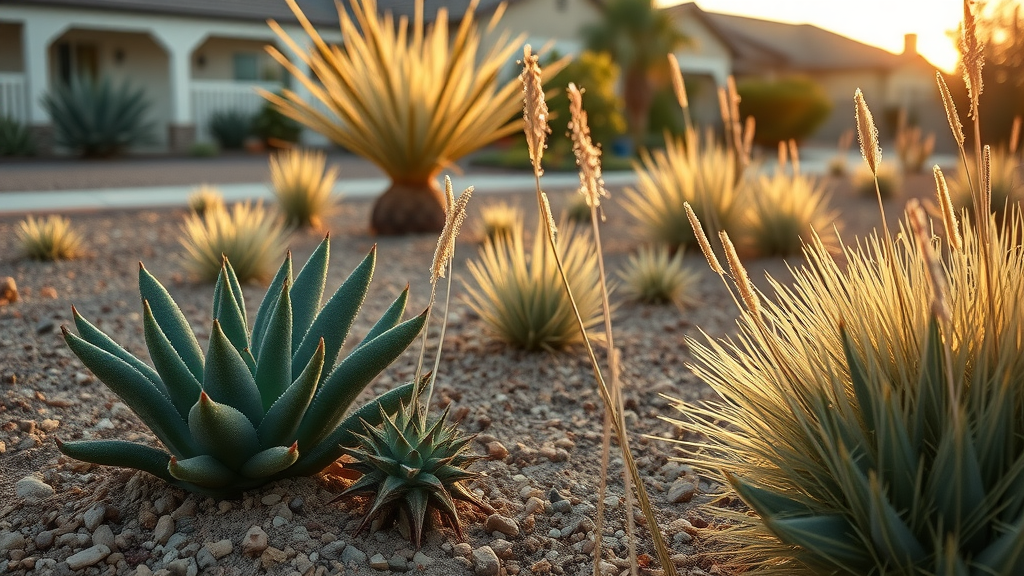
Stunning Facts: The Stark Realities of Water Scarcity in Dry Climates
Water shortage isn’t a distant threat—it’s today’s reality for homeowners and landscapers in dry climates. As rainfall patterns shift due to climate change and regions like San Diego face longer, hotter droughts, the need to conserve water becomes crucial. The city’s average annual rainfall is less than 12 inches, and local water agencies increasingly call for tighter water usage regulations. Every gallon saved doesn’t just lower your bill; it strengthens your landscape’s ability to endure.
“Every drop counts in arid regions—intelligent irrigation is no longer optional, it’s essential for sustainable landscapes.”
Ignoring water restrictions can result in fines, dying gardens, and wasted resources. More importantly, efficient irrigation systems help ensure every precious drop nourishes your plants, not the sidewalk. By understanding the realities of water scarcity, you can make smarter decisions for your property’s future.
What You’ll Learn About Irrigation Systems for Dry Climates
- The science behind efficient irrigation systems for dry climates
- How smart irrigation technology outperforms traditional methods
- Real-world applications: drip irrigation system, drip system, and more
- Pros, cons, and water saving tips for San Diego’s unique landscape
Understanding the Need: Why Irrigation Systems for Dry Climates Matter
Climate Challenges: Droughts, Limited Rainfall, and the Importance of Smart Irrigation
Unpredictable rainfall patterns and ongoing drought present major challenges for maintaining healthy landscapes in dry areas. In regions like San Diego, extended periods of limited rainfall mean natural water sources can’t sustain most traditional gardens. During drought, the soil moist levels drop swiftly, placing immense stress on plant root systems and reducing root growth. That’s where irrigation systems for dry climates come into play—they ensure plants get water directly to the root zone, exactly where it’s needed, reducing evaporation and strengthening resilience.
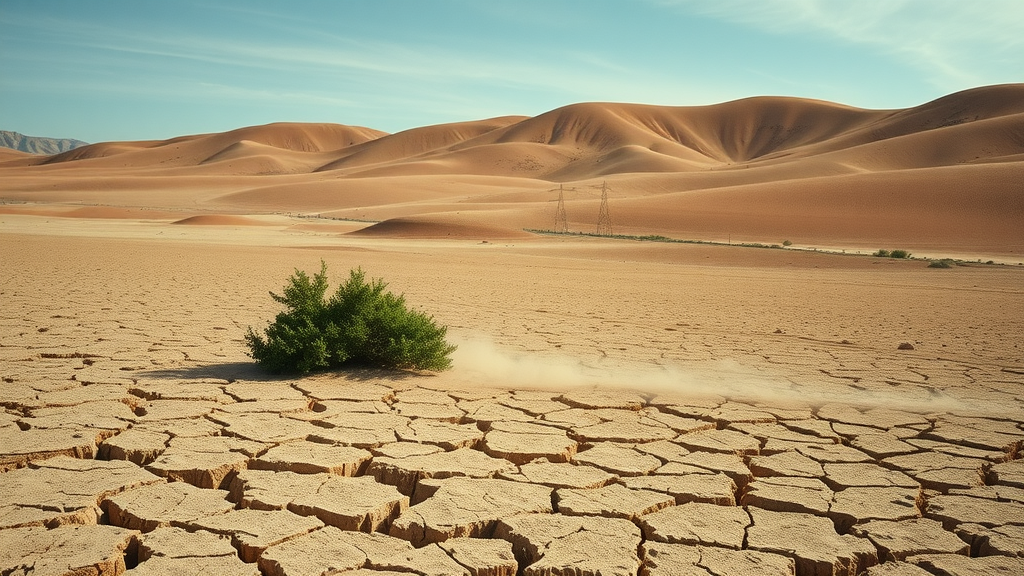
Traditional watering methods, like hand watering or basic sprinklers, are often wasteful and imprecise. This leads to runoff, overwatering, and promotes weed growth. In contrast, a well-designed irrigation system means less water wasted and better soil moisture retention, especially when customized for local water resources and plant types. Ultimately, the right system can mean the difference between a healthy, thriving lawn and a brown, underperforming one.
Water Resources Management: Conserving Every Drop
San Diego’s connection to distant imported water sources underlines the need to conserve water on-site. Modern irrigation systems can integrate with rain barrel setups and greywater recycling, providing valuable water resources during dry spells. Smart irrigation methods minimize wasting water by delivering only the precise amount of water necessary—thus sustaining the root system and promoting deep root growth, while maintaining a lush, healthy yard.
Utilizing an efficient irrigation method is critical for the region’s long-term sustainability. Even simple upgrades, such as soil moisture sensors and automated timers, can help homeowners and contractors monitor soil moist levels, further reducing water usage and encouraging responsible management for generations to come.
Types of Irrigation Systems for Dry Climates
Drip Irrigation: Why It’s Ideal for Dry Climates
Drip irrigation is the gold standard for irrigation systems for dry climates. Unlike sprinklers that spray water indiscriminately, a drip system delivers moisture directly to the plant root, minimizing evaporation and runoff. By targeting the root zone, it reduces weed growth and encourages a deeper, hardier root system—a must for survival in San Diego’s arid conditions.
This method is particularly efficient for row crops, vegetable gardens, flower beds, and foundation plantings. With adjustable emitters and programmable timing, homeowners can maximize efficiency even during strict drought restrictions. Investing in a drip irrigation system is one of the most effective methods to cut down on overall irrigation water usage and adapt your landscaping for the future.
Key Features and Components of a Drip Irrigation System
- Flexible tubing and micro-emitter heads to supply water directly to the root zone
- Pressure regulators and filters to avoid clogs and deliver a consistent flow
- Programmable timers and soil moisture sensors for automated, efficient irrigation water use
- Easy integration with mulch to enhance soil moisture retention and suppress weed growth
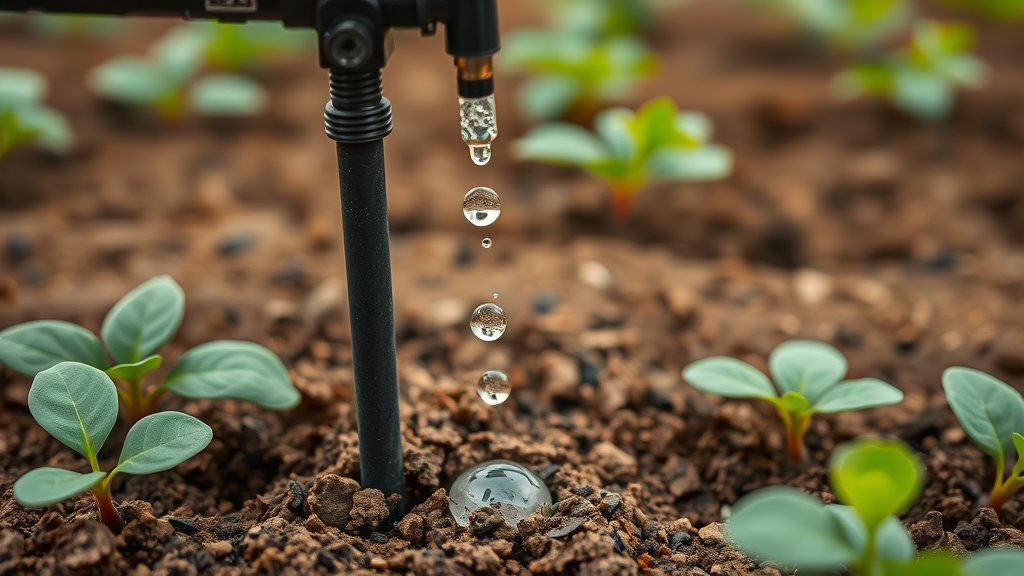
Sprinkler Irrigation System: Is It Suitable for Dry Climates?
Sprinkler systems remain common but aren’t always the top choice for arid areas. While they offer convenience for large, open turf or park spaces, their overhead spray leads to rapid water loss through evaporation and wind drift—especially under hot, dry conditions. This not only reduces system efficiency but also increases the risk of overwatering or wasting water on non-planted areas.
However, sprinklers can still play a role if fitted with weather-based smart controllers and carefully calibrated to reduce runoff. In some cases, they can be customized for shrubs or drought-tolerant lawns by adjusting the run times and spray patterns, but the amount of water consumed is typically higher compared to drip systems. Always evaluate sprinkler setups critically for your landscape’s needs and water availability.
Subsurface Drip System: Maximizing Water Efficiency
Subsurface drip irrigation is a next-level upgrade for San Diego landscapes. By burying drip lines just below the soil surface, these systems deliver water directly to the plant root zone—out of reach of the scorching sun and wind. This setup greatly improves water conservation efforts, promotes consistent soil moisture, and prevents weeds from taking hold.
Ideal for lawns, flowerbeds, and even agricultural uses, subsurface systems prevent wasting water and make the most of every drop. Properly installed, they can dramatically reduce the amount of water required, help balance soil moisture for healthy root growth, and minimize disease. Regular maintenance is essential to avoid clogs and ensure consistent delivery, but long-term savings and sustainability are unparalleled.
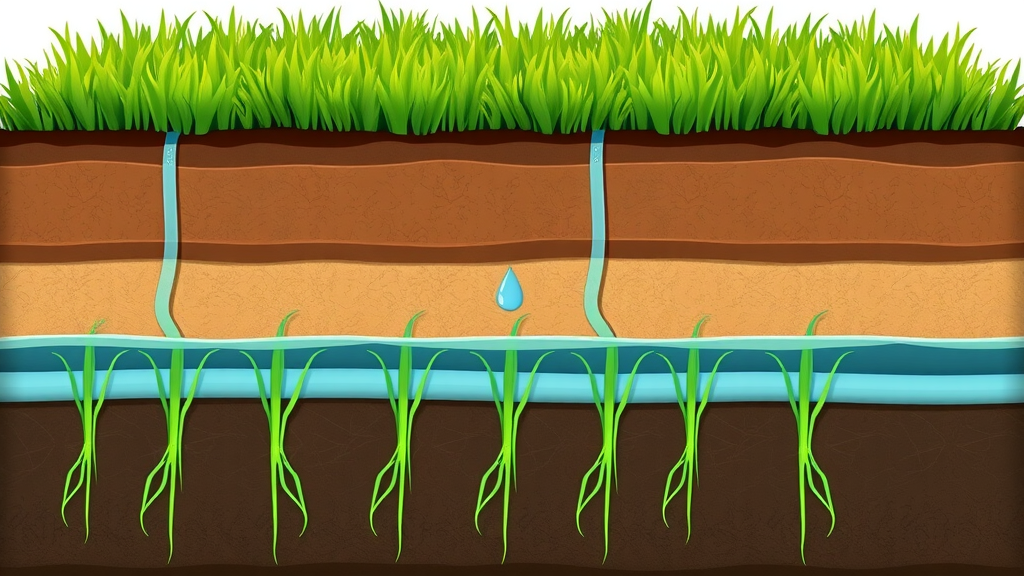
Smart Irrigation Controllers: Tech Forward Watering
Advancements in irrigation technology have led to the creation of smart irrigation controllers, which automatically adjust watering based on weather, soil moist levels, and plant needs. These systems eliminate guesswork, preventing overwatering while ensuring your landscape receives just the right amount of water at the right time.
Smart controllers can connect with Wi-Fi, local weather stations, and smartphone apps, allowing remote observation and easy adjustments for changing water supply needs. Over time, this tech-forward approach dramatically reduces water usage and supports sustainable, climate-resilient gardens—even through dry San Diego winters and summers.
Comparing Irrigation Systems in Dry Climates: Features, Costs, and Effectiveness
| Irrigation System | Cost | Water Efficiency | Maintenance | Best Applications | Estimated Water Savings |
|---|---|---|---|---|---|
| Drip Irrigation System | Moderate | High | Low | Beds, veggies, shrubs, row crops | 30-70% |
| Sprinkler System | Low-Moderate | Low-Moderate | Moderate | Lawns, large areas | 10-30% |
| Subsurface Drip System | High | Very High | Medium | Lawns, groundcover | 40-80% |
| Smart Irrigation Controllers | Moderate-High | Very High | Low | All irrigation systems | Up to 50% extra |
Designing Efficient Irrigation Systems for San Diego Landscapes
Planning Water-Smart Landscapes: Key Considerations for Irrigation Systems
A truly efficient landscape in San Diego starts with the plan—not just the plants. Site-specific analysis considers soil moisture, sun exposure, slope, and water source availability. Begin by zoning your landscape: group plants by water needs. This prevents overwatering, streamlines system layouts, and cuts cost. Next, prioritize irrigation methods that deliver water directly to the root zone, such as drip irrigation and subsurface drips, to maximize every drop.

Smart irrigation systems can adapt to weather changes—a must for unpredictable dry winters. Don’t overlook soil amendments and mulch to enhance water retention and suppress weed growth. By thoughtfully designing both hardscape and softscape, you’ll create a sustainable landscape that endures for years to come.
Selecting Plants for Irrigation Systems in Dry Climates
Choosing the right plants is half the water-saving battle. Drought-tolerant species such as succulents, native grasses, and Mediterranean shrubs thrive with minimal moisture. These plants often have deep root systems or water-storing adaptations, reducing amount of water needed and pairing perfectly with a modern drip irrigation system.
When selecting plants, consider their mature size, seasonal color, and compatibility with your system’s coverage. Group specimens with similar water requirements to ensure your irrigation system operates efficiently. This approach minimizes wasted water and helps achieve a vibrant, resilient garden even during the driest months in San Diego.
Drip Irrigation System Installation and Maintenance
Step-by-Step: Setting Up a Drip Irrigation System for Your Garden
- Design your layout: Map out all plant groupings and measure distances for tubing placement.
- Install the mainline tubing, cutting and securing it near your water source.
- Attach emitters or micro-sprayers at plant locations, ensuring water is delivered directly to the root zone and root system.
- Add pressure regulators and a filter to prevent clogging and provide even flow throughout the system.
- Integrate a programmable timer or smart irrigation controller to optimize watering schedules, based on soil moisture and weather data.
- Test the system, check for leaks at each junction, and adjust emitter output to balance soil moisture across all plant beds.
Video Walk-Through: Check online resources or your trusted San Diego landscape contractor for a quick installation demonstration.
Routine Maintenance Tips for Long-Lasting Irrigation Systems
Even the best-designed irrigation system requires regular upkeep. Check for emitter clogs and tubing leaks every few months, especially after debris-laden winds or unexpected rainfall. Clean filters, test pressure regulators, and flush the system seasonally to maintain optimal water flow.
Monitor soil moisture at various points; dry patches could indicate an undiscovered leak or blockage. Early detection prevents wasting water and costly repairs. Investing a little time each month helps extend your system’s lifespan and protects your landscape investment.
Integrating Rain Barrels and Water Resources Into Irrigation Systems
Rain Barrel Integration: Rainwater Harvesting for Dry Climates
Why rely solely on municipal water when you can turn rain into a valuable water resource? Installing a rain barrel at every downspout captures runoff from your roof, holding it for slow-release irrigation during dry spells. Many San Diego homeowners now connect rain barrels directly to their drip system to supplement supply and ensure year-round plant health.
Remember to filter collected water and install overflow outlets to prevent flooding. With just a moderate investment, a rain barrel system not only reduces water usage but also shields your garden from future restrictions and costly water bills.
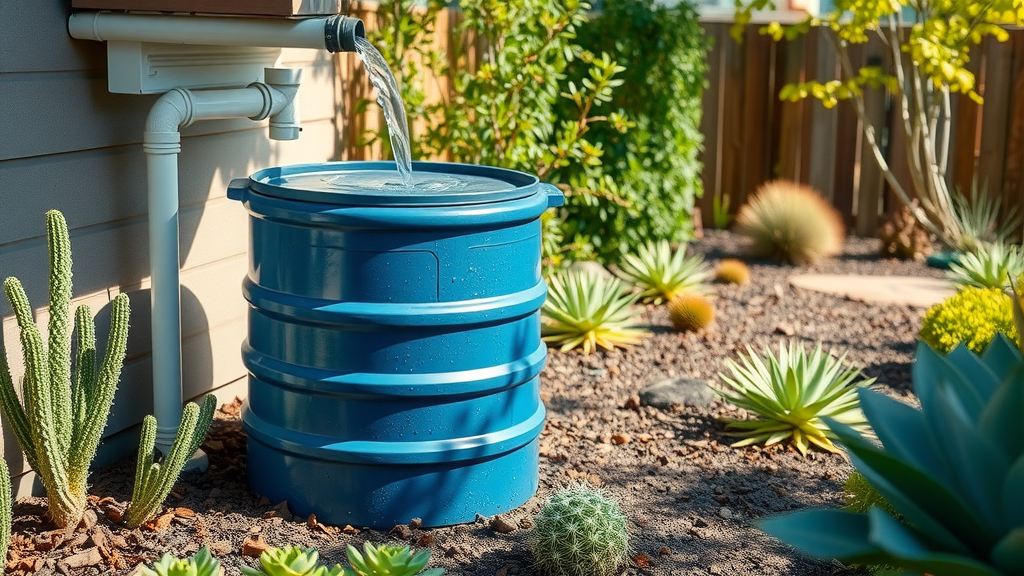
Maximizing Water Resources: Greywater and Recycled Options
Take conservation further by integrating greywater systems, which recycle water from sinks, showers, and washing machines for landscape use. Local codes may specify safety and installation rules, but the benefits are immense—lower costs, reduced water usage, and lush plants even during drought.
To maximize impact, connect greywater outputs to your drip irrigation system for efficient, safe delivery to non-edible plants. Always use eco-friendly soaps to avoid root or soil contamination. By harnessing all available water resources, you make your landscape doubly resilient against climate shocks.
Smart Irrigation: Automation and Remote Monitoring
Choosing the Right Smart Irrigation Controllers
The best smart irrigation controllers combine ease of use with powerful automation. Look for features like Wi-Fi connectivity, rain sensors, soil moisture monitoring, and intuitive apps. These technologies allow San Diego homeowners to adjust watering schedules remotely, respond instantly to weather changes, and even receive maintenance alerts.
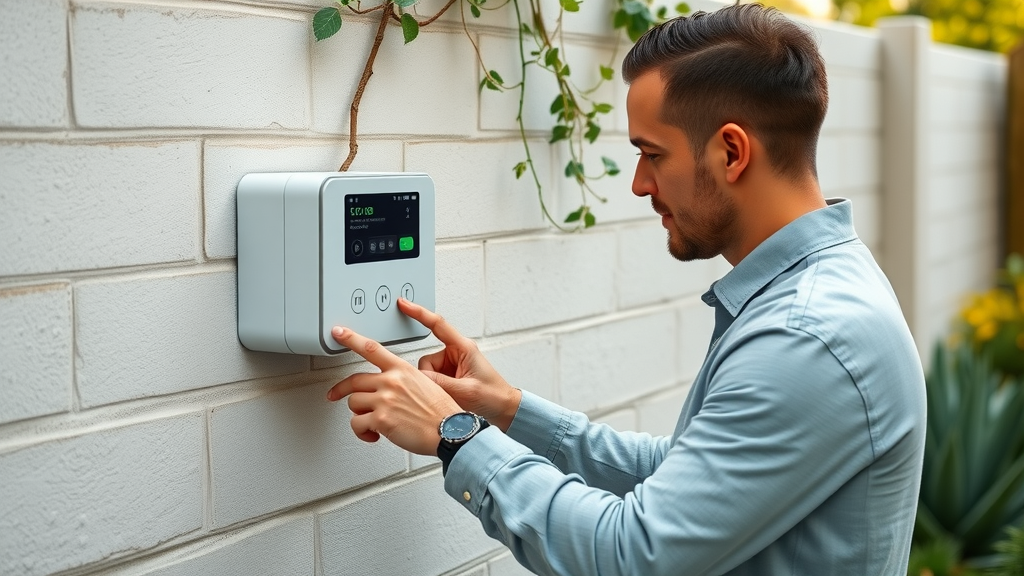
Spend time researching brands that have good local support and proven water-saving track records. Installation is generally quick, but professional help may be useful if integrating with rain barrels or complex zone layouts.
Benefits of Smart Irrigation for San Diego’s Dry Climate
Switching to a smart irrigation system can save up to 50% more water compared to manual or timer-based alternatives. With water bills rising and restrictions looming, these systems offer cost savings, landscape security, and environmental stewardship. Their data-driven approach means less overwatering, healthier root growth, and consistently vibrant gardens—no matter how dry the winter.
Many San Diego rebates and incentives are available for homeowners making the switch, turning smart technology into a savvy investment for both your landscape and your wallet.
Troubleshooting and Common Issues With Irrigation Systems for Dry Climates
Water Pressure Problems in Drip Irrigation Systems
Low or inconsistent water pressure is a frequent cause of poor drip system performance. If some emitters barely trickle or nozzles pop off, check for kinks, leaks, or inadequate mainline sizing. Using a pressure regulator and filter is essential to sustain even flow, especially with fluctuating municipal water supply.
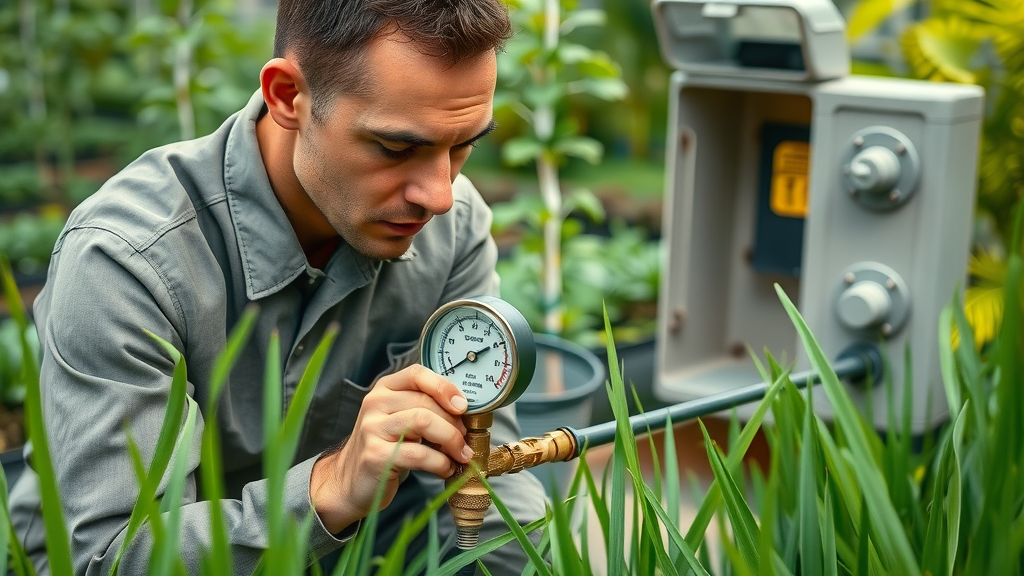
High-quality tubing and regular filter cleaning will minimize blockages and maintain efficiency in even the driest conditions. Adjust pressure settings if adding multiple new zones, and periodically flush the entire system to dislodge trapped debris.
Detecting Leaks and Clogs: Maintenance for All Irrigation Systems
Leaks, clogs, and broken emitters are inevitable over the lifespan of any irrigation system. Monitor your landscape for soggy spots, puddles, or uneven growth—these often indicate hidden issues.
To avoid damage from continuous leaks, walk your system regularly and check all connections. Flush lines yearly and replace faulty parts promptly. Clogged emitters can typically be cleared with a quick cleaning; persistent problems may require filter upgrades or a contractor’s inspection.
Lists: Top Tips for Water-Smart Landscape Renovations in San Diego
- Choose drought-tolerant plants
- Regularly check irrigation system efficiency
- Utilize mulch to retain soil moisture
- Install rain barrels for supplemental watering
- Opt for drip systems where possible
People Also Ask About Irrigation Systems for Dry Climates
Which kind of irrigation is highly effective in dry regions?
Answer: Drip irrigation systems are widely recognized as the most effective in dry climates due to their precision delivery and minimized evaporation.
What is the 30 30 rule for irrigation?
Answer: The 30 30 rule generally refers to irrigating for 30 minutes, pausing to let the water soak in for 30 minutes, then checking soil moisture—helpful for adapting irrigation systems for dry climates.
Which method of irrigation would be most useful in an arid dry environment?
Answer: The drip irrigation system is most suitable, ensuring efficient water use and targeted plant hydration in arid environments.
What is a major downside to drip irrigation?
Answer: A primary downside is the potential for tubing clogs and required regular maintenance to maintain efficacy.
FAQs About Irrigation Systems for Dry Climates
- How often should I check my irrigation system for leaks in dry climates?
It’s wise to inspect for leaks monthly during peak irrigation season, and immediately after heavy winds or storms. Regular checks minimize water waste and catch malfunctions early. - Do irrigation systems work with native plants?
Absolutely! Native and drought resistant species thrive with efficient drip irrigation or subsurface systems, often needing less frequent, but deeper watering for healthy root zones. - Can I retrofit an existing lawn with a drip system?
Yes, most lawns and landscapes can be retrofitted. Adapters and flexible tubing help integrate a drip system into older sprinkler lines for immediate water savings. - What’s the average installation cost?
Installation varies based on system complexity and landscape size. In San Diego, expect between $2,000–$4,000 for a quality residential drip system with smart controls.
Key Takeaways: Irrigation Systems for Dry Climates
- Sustainable landscape success in dry climates depends on efficient irrigation systems
- Drip irrigation and smart irrigation controllers optimize resources
- Rain barrel integration can further reduce water use
- Regular monitoring ensures longevity and performance
Conclusion: Prepare Your San Diego Landscape for a Dry Winter With Smart Irrigation Systems
By embracing smart solutions like drip irrigation systems and rain barrel integration, your San Diego landscape will thrive even during the driest winters—maximize every drop and enjoy lush, sustainable results.
Ready to Transform Your Landscape? Contact a Landscape Contractor
For expert irrigation systems for dry climates, trust San Diego’s landscape professionals—schedule a consultation with Breceda Landscape today. https://brecedalandscape.com”
Sources
- https://www.epa.gov/watersense/irrigation-controllers – EPA WaterSense
- https://www.sdcwa.org – San Diego County Water Authority
- https://www.saveourwater.com/tips/landscape – California Save Our Water
- https://brecedalandscape.com – Breceda Landscape
To enhance your understanding of efficient irrigation systems in dry climates, consider exploring the following resources:
-
“Drip irrigation”: This comprehensive article delves into the mechanics and benefits of drip irrigation systems, highlighting their potential to conserve water and nutrients by delivering moisture directly to plant roots, thereby minimizing evaporation. (en.wikipedia.org)
-
“Micro-irrigation”: This resource provides an overview of micro-irrigation techniques, including drip and micro-spray systems, emphasizing their efficiency in water distribution and suitability for various agricultural and horticultural applications. (en.wikipedia.org)
If you’re serious about optimizing water usage in arid regions, these resources will offer valuable insights into implementing effective irrigation strategies.

